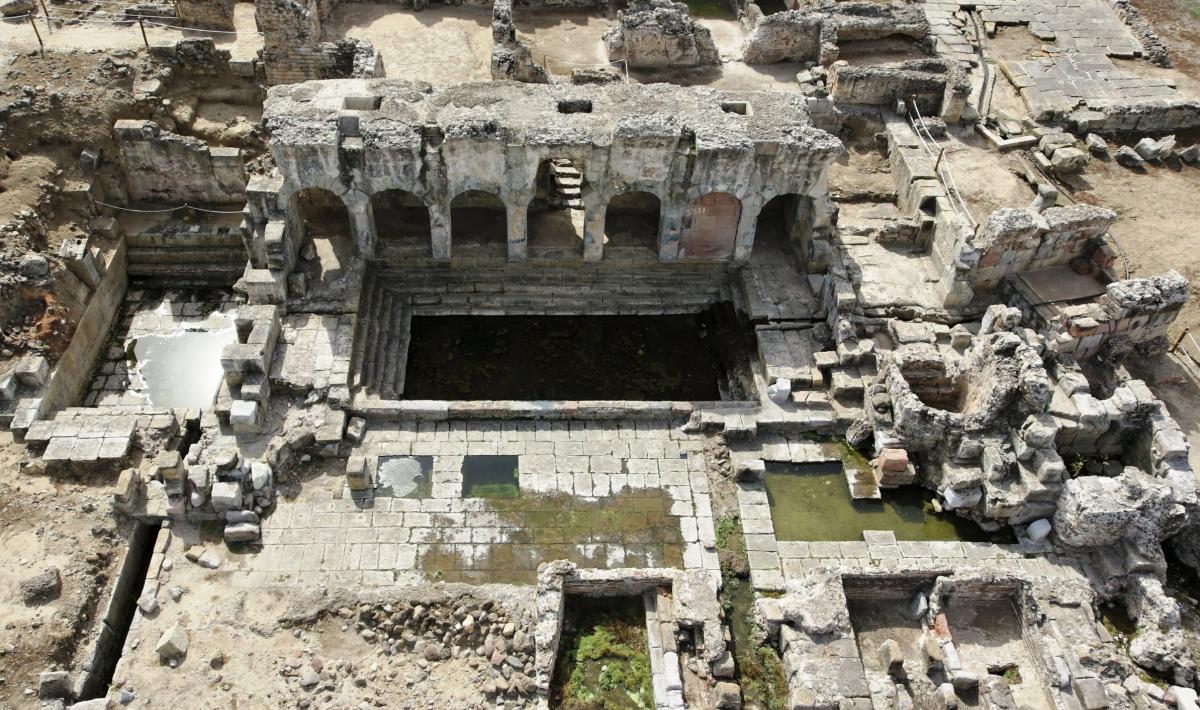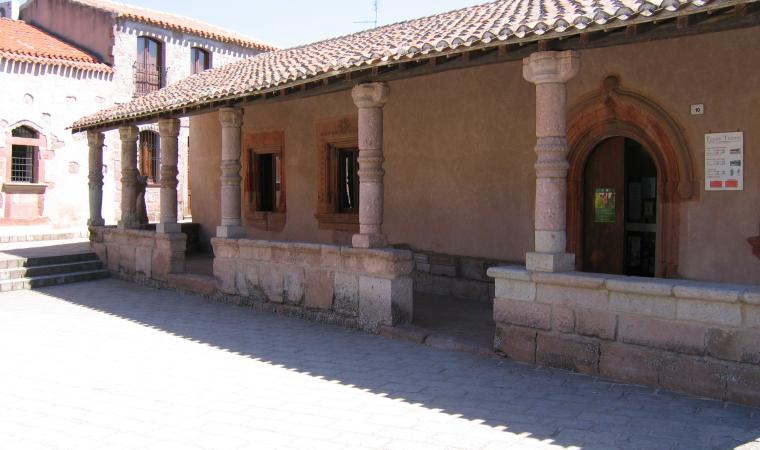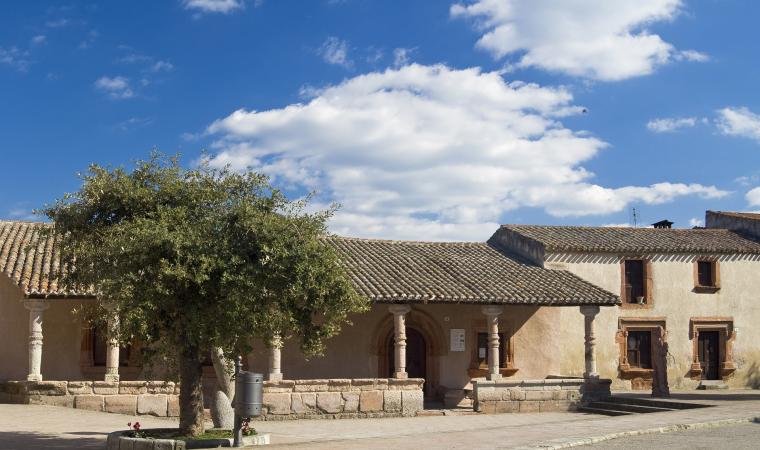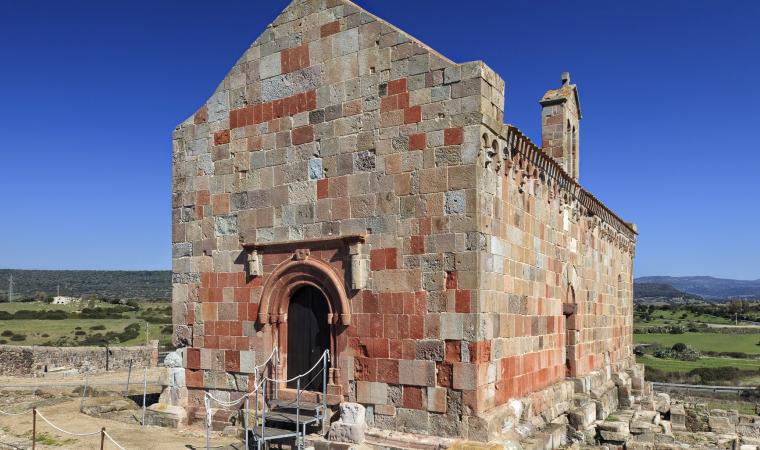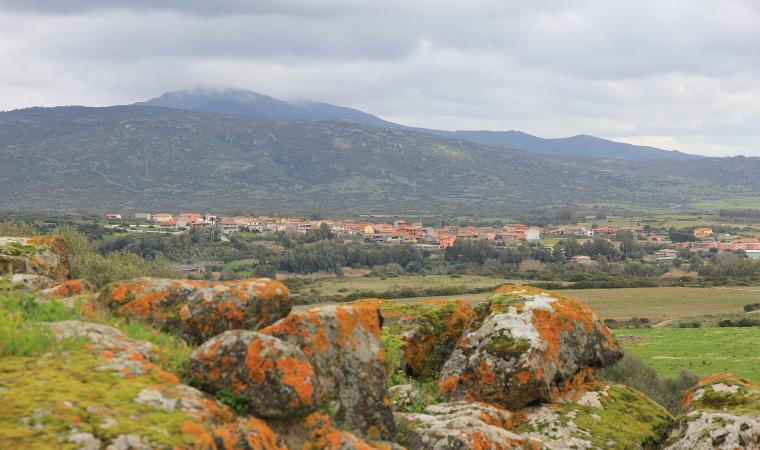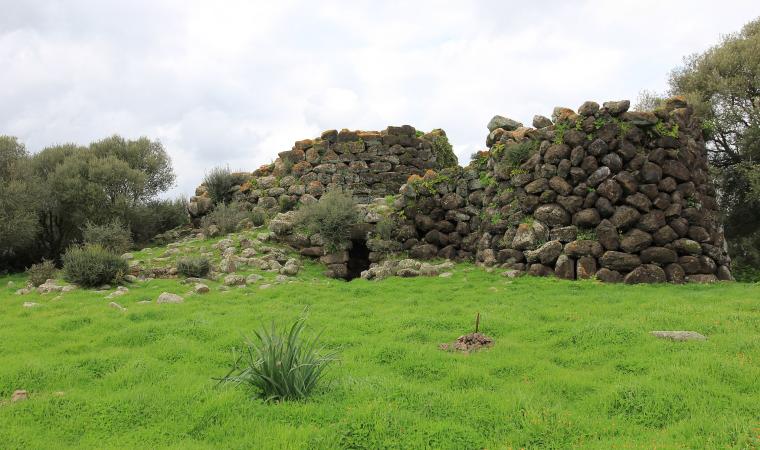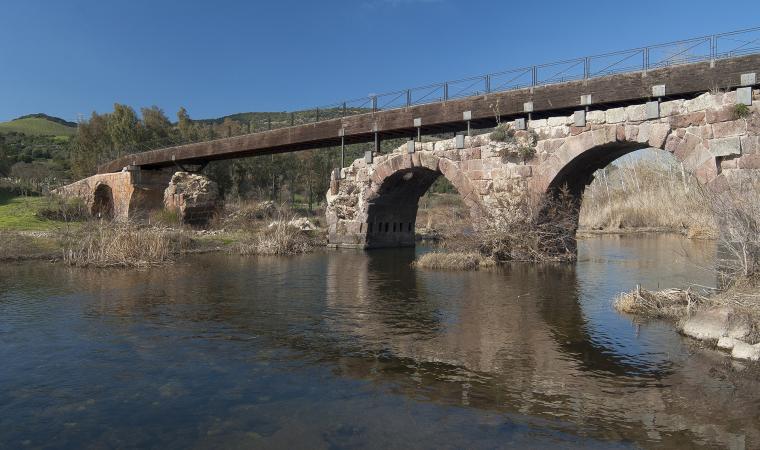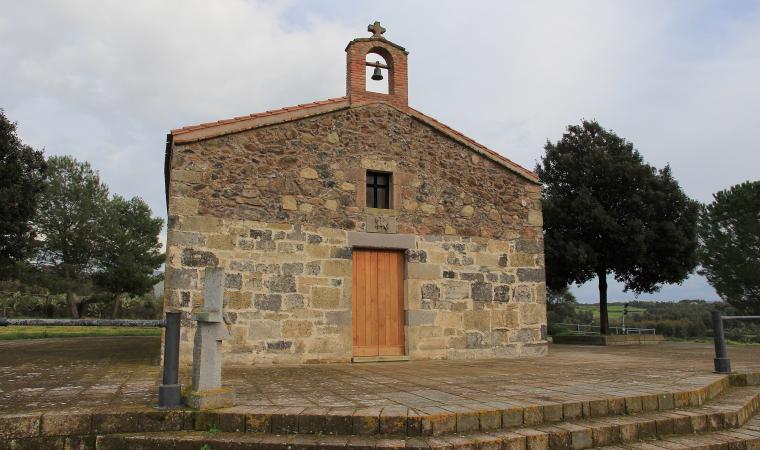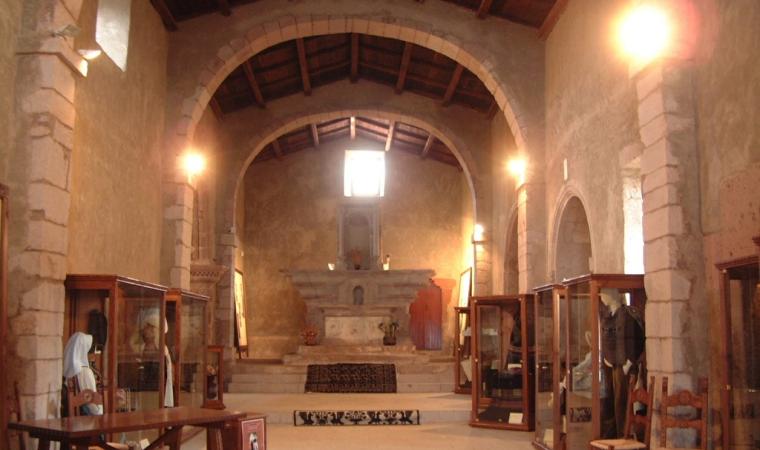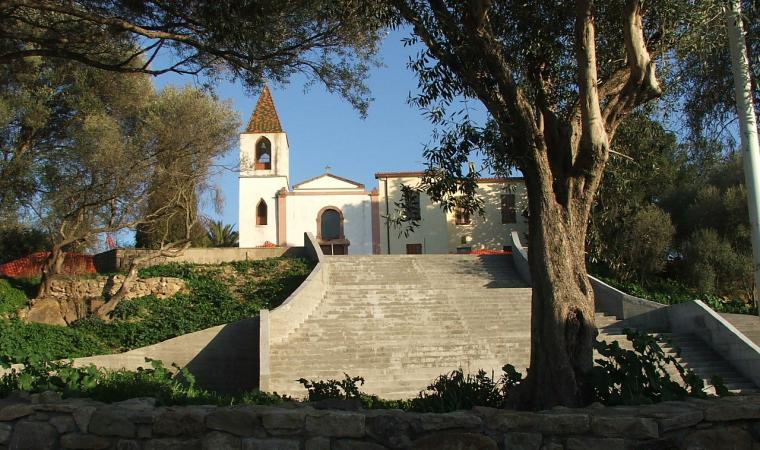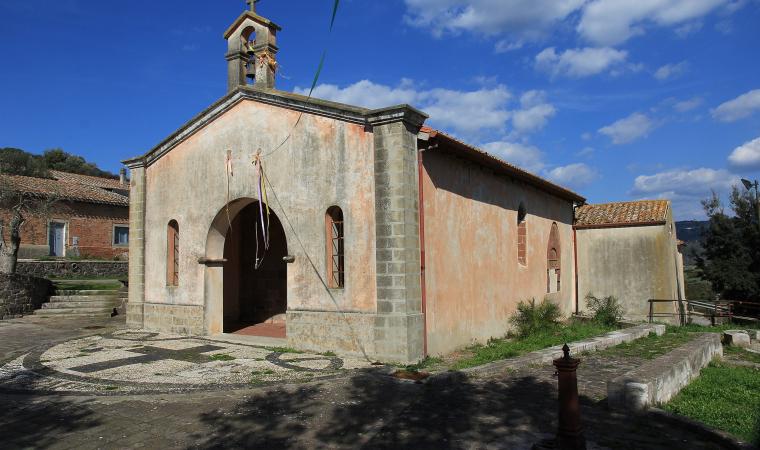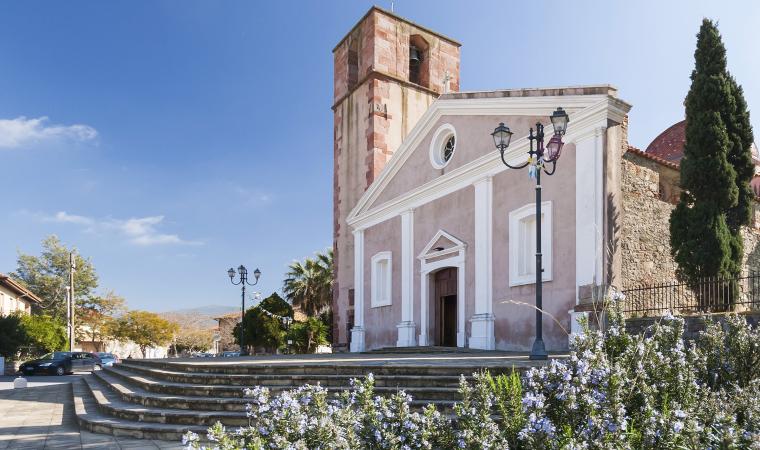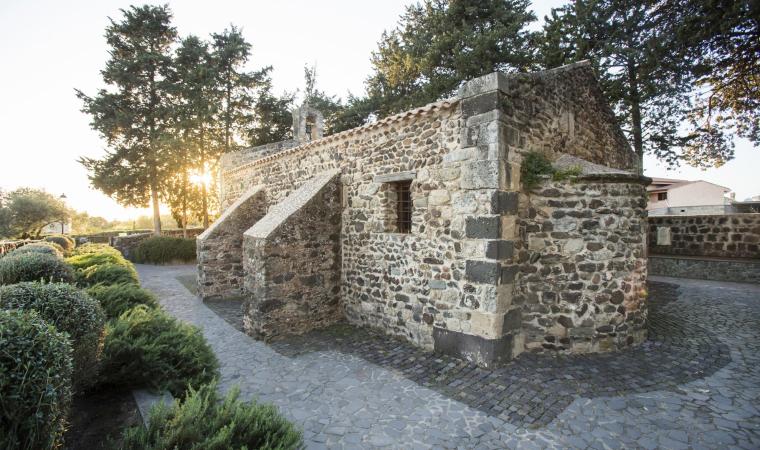Ancient Rome's passion for thermal waters extended to the far reaches of their empire, and an important neighbouring province such as Sardinia could not be missed. On the island they built their main baths in Fordongianus, to capitalise on waters that rise to the surface very hot (at 54 degrees) while maintaining their beneficial properties.
However, the history of thermal baths here, as in many other island spas, is much older, dating back to prehistoric times: the pre-nuragic and nuragic Sardinians considered these waters sacred and used them to heal themselves. Sacred springs and wells probably attracted the early Sardinian populations from other island territories near and far. In fact, the plains around the town today are dotted with prehistoric settlements, including Casteddu ecciu and several domus de Janas necropolises.
The Roman thermal complex was built on the banks of the River Tirso, precisely on the site of Caddas (appropriately meaning 'hot') that the Romans called aquae ypsitanae.

